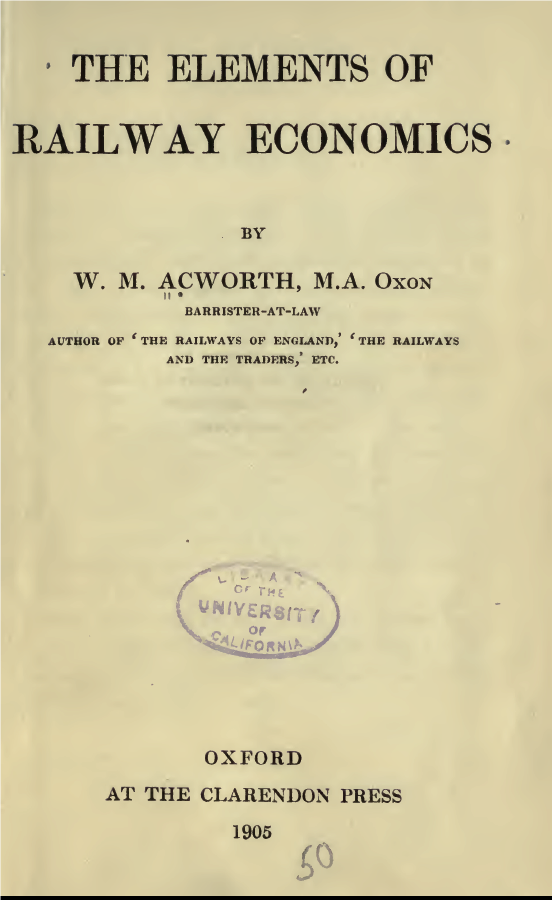Equity research reports which are available in the public domain and those consumed by the majority, are largely authored by analysts who are positioned on the sell side. We conducted a study recently to understand the quality of such sell side research’s. The data involved collecting the consensus estimates provided by some of the top sell side research houses over the last 6 years (for 24 quarters). The future earnings estimates over which the fair values are calculated kept changing each quarter. The current year profits were estimated two years in advance and the variance from the first estimate to the actual reported number was atleast 30-40% away in most cases. As the estimates are revised each quarter, so was the Target price. It was also noted that at most times target prices were aggressive during bull markets and subdued during bear markets (a fallout of confirmation bias). While we can attribute the revision of the estimates/target prices due to changing scenarios, the question arises- What happens to the lay investor who purchased the stock two years ago based on the initial estimates. Is there any relevance if estimates are going to change anyway. What is the basis of the target price and the extent of ambiguity it entails. In most cases, popular media places the blame on the Company that announced results for not matching the Analyst’s expectations, while logically it should be the other way round… (the headline generally goes “COMPANY MISSES ESTIMATE, STOCK DOWN!!”).
A sell side analyst is incentivised based on the number of reports published and companies that are covered. Sell side players benefit from the volume of trades and are paid through the brokerage earned by the entity. Here lies a fundamental principal-agent problem arising from conflict of interests. Hence there is a good chance that the advice that you receive from a Brokerage firm will have more quantity than quality. The continuous flurry of information aim to confuse rather than enlighten the investor, forcing multiple unnecessary trades, thereby making the broker the sole beneficiary of the transaction.
Interpreting the stock markets became a full-fledged job only about 40-50 years ago and since then this conflict has remained. While there have been attempts to resolve it, hardly has there been a solution yet. The introduction of “Markets in Financial Instruments Directive” as early as 2004 to focus on shortfalls in the structural integrity of equity research markets was the best attempt taken thus far in this direction. The European Commission introduced the 2nd version on January 3, 2017. The legislation focuses on improving transparency, enabling clients to understand how their money is being used, ensuring that reports do not directly induce investment in the underlying stock and ultimately providing unbiased research to investors. By unbundling transaction costs and cost of research, MiFID-2 is expected to significantly reduce overheads and allow entities to quantify exactly their expense on research. Although the jurisdiction of this new legislation will include only European countries; it is expected to have widespread effects on the structure of financial institutions and how they interact with their research providers globally. As of now only a handful of independent research entities provide quality unbiased opinions. Earlier, nobody was willing to pay for such services hence none of them survived. There is now a growing patronage for such independent unbiased opinions from both the retail as well as institutions. No wonder equity research budgets of brokerage houses are shrinking each year, a clear indication of their declining relevance.
In the past, equity researchers added value by providing additional information that may not have reached everyone. This role is also becoming redundant with the advent of technology, internet and developments in the data service providers who are closing the information asymmetry.



